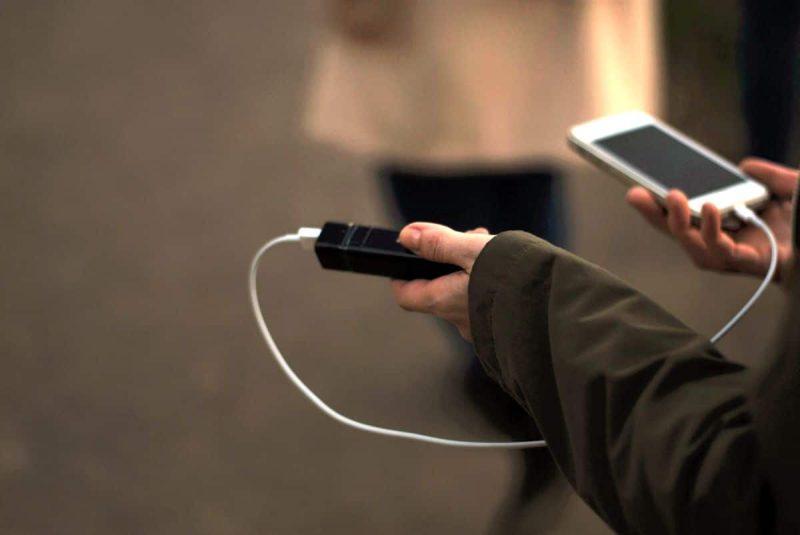In today's connected world, power banks have become indispensable companions, especially during long plane trips. But before you pack your power bank in your hand luggage, you should find out about the applicable regulations. This in-depth article discusses power bank watt-hour limits, how to convert milliamp-hours to watt-hours, and the safety risks associated with taking lithium-ion batteries on airplanes.
Before you pack your power bank in your hand luggage, it is important to know the watt-hour limits for power banks. Most airlines allow power banks with a capacity of up to 100 watt hours. Converting milliamp hours to watt hours is done by multiplying by the battery's rated voltage. Limiting the capacity of lithium-ion batteries is to protect against potential safety hazards as they can cause fire or explosion if damaged or overheated. It is important to learn about the specific regulations of the airlines and the country of destination in order to avoid any possible inconvenience at the airport and to ensure the safety of all passengers.
Watt hour limits for power banks
Most airlines have set watt-hour limits for carrying power banks on board. Exact limits may vary by airline and country, but international regulations are usually based on recommendations from the International Air Transport Association (ICAO) and the International Civil Aviation Organization (ICAO). According to these specifications, a single power bank can usually have a maximum capacity of 100 watt hours (Wh).
Conversion from milliampere hours (mAh) to watt hours (Wh):
The conversion from milliampere-hours (mAh) to watt-hours (Wh) is done by multiplying it by the nominal voltage of the battery. The nominal voltage for most power banks is 3,7 volts. To calculate watt-hours, divide milliamp-hours by 1.000 and multiply by the rated voltage. For example, a power bank with a capacity of 10.000 mAh corresponds to 10 Wh (10.000 mAh / 1.000 x 3,7 V = 10 Wh).
Limiting the capacity of lithium-ion batteries
Airlines limit the capacity of lithium-ion batteries, including power banks, due to the safety risks they pose. Lithium-ion batteries can cause fire or explosion if damaged or overheated. Since lithium-ion batteries are contained in power banks, there is a risk that they will be damaged by improper handling or impact and thus pose a safety risk.
Safety Risks and Precautions
The risk of fire or explosion from lithium-ion batteries is reduced by limiting the capacity of power banks. Limiting watt-hour limits ensures that the energy storage in the power banks is a safe size and minimizes the risk of overheating or damage. In addition, according to current regulations, power banks must be transported in hand luggage in order to ensure control over possible dangerous situations.
Important: The capacitance must be clearly and distinctly recognizable
Some airlines have lower limits or generally prohibit taking power banks with you. If in doubt, you should obtain detailed information in advance by e-mail or via the hotline. The capacity of the power bank must also be clearly recognizable on the type plate or in another form. In case of doubt, you run the risk that there will at least be a significantly longer security check or that you will be refused entry. This can be very annoying, especially with more expensive models.
It should also be noted that many airlines prohibit the use of power banks during flights for safety reasons. To avoid any trouble, simply ask the cabin crew before using it. More and more, but by no means all, aircraft have USB ports, for example, which can be used during the flight to charge smartphones, for example.





 trail (for them it's free to use)
trail (for them it's free to use)
Comment